Technical experts are worried about the lack of the underlying chip technology in China. If there is an information war that does not have smoke in the future, then who is in the end of this war, because what will be lost?
Ecological difficulty in technology"Zhongxingmen" caused a global sensation, and everyone's eyes gathered on the lack of computer and storage underlying chip technology. Shares of domestic computing suppliers such as Ziguang have risen, but does China really have no chip technology?
the answer is negative. After all, in the last global supercomputer competition, the self-developed Shenwei processor won the first place and also calculated the limelight. In other words, we have no problem with simple calculation speed. The problem lies in two words: ecology.
Once upon a time, Loongson represented the hope of future domestic chips. Despite the scandals, Loongson did make some achievements in computing power. The key to the problem is that even if you have a chip, even if your CPU is running at an experimental speed. The room is faster than others. But what is the computing power of the first CPU in the application scenario? Is it a big discount? Second, do you have a chip, is there a system? Is there an application? Is there ecology?
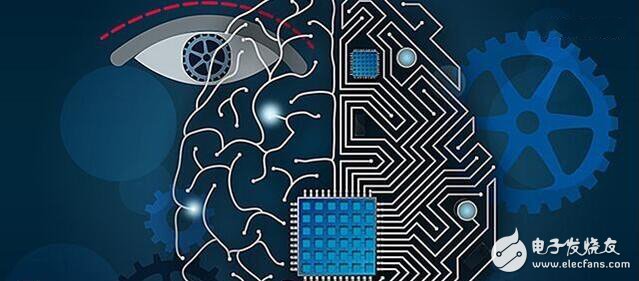
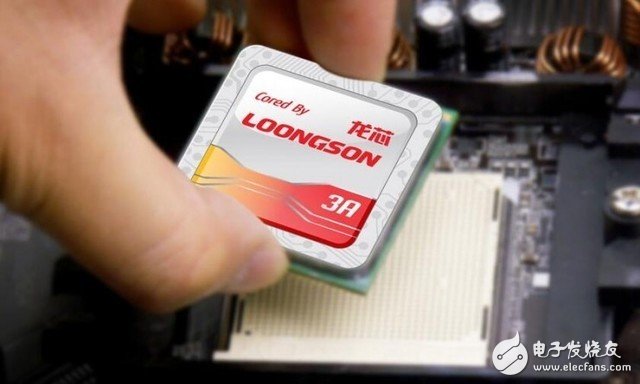
The question goes back to the Internet of Things mentioned in the author's title. If the PC era and server development, China's slow start, leading to lose the starting line, from the perspective of development, the chip battlefield in the next five years is more worthy of our concern.
So in the face of the Internet of Things market, this potential revenue of China's Internet of Things will reach 1.5 trillion in 2020, and how to choose the future technology route?
IoT chip 6How hot is the Internet of Things market? According to incomplete statistics, in the Internet of Things chip market in April 2018, more than 6 companies released Internet of Things and AI chip news, and the number of new products exceeded 7.
In terms of the choice of chip architecture in the past, the domestic not only tried X86, ARM, MIPS architecture, but also the more niche SPARC, Alpha, Itanium architecture. In addition to Shen Wei and Feiteng in the military field, most of them are full of twists and turns.

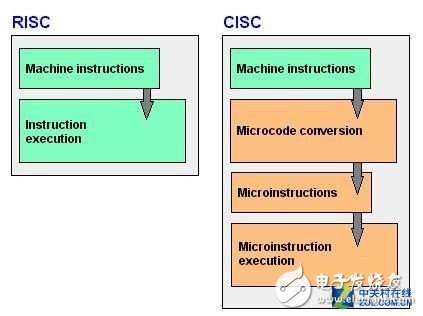
From the instruction set, the difference between the CISC and RISC instruction sets is obvious. The CISC server is currently represented by the X86 architecture, but the RISC server is not the rest of the server market. It is worth noting that the x86 architecture represented by Intel Xeon is no longer a standard CISC. It absorbs the performance of both RISC and CISC and forms a unique and autonomous x86 architecture.
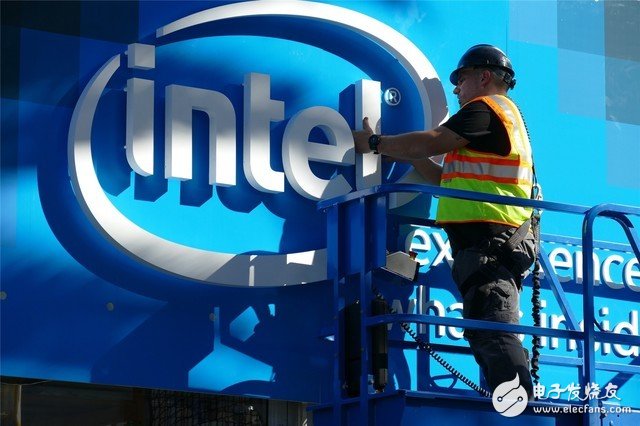
Intel also works on industrial Internet, IOT, artificial intelligence chip technology
In the IoT market, what are the most important chips? Considering the characteristics and scenarios of IoT applications, efficient, streamlined instruction sets and low-power chips are better choices.
ARM and RISC-V fightARM is one of the representative of RISC microprocessors. The biggest feature is energy saving, which is widely used in embedded system design. At this stage, most companies in the market still choose the chip architecture based on the bid instruction set. It seems that the overall situation of the IoT chip has been fixed. But is this really the case?
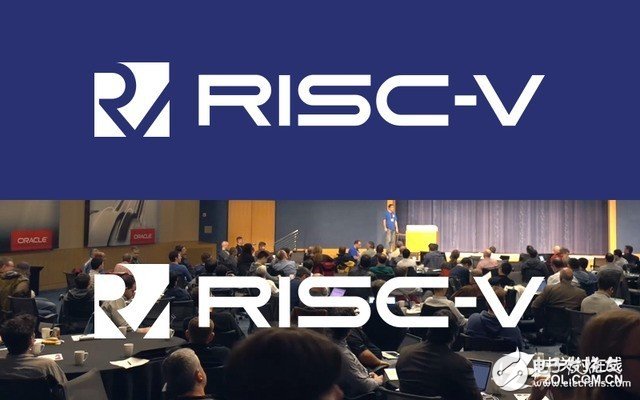
RISC-V is an open source instruction set architecture (ISA) based on the reduced instruction set by Yuan Ze. Since the beginning of the RISC-V architecture in 2010, it is growing rapidly with the advantage of open source (free). RISC-V-based chip companies continue to emerge, opening up to the Internet of Things, artificial intelligence, embedded markets, and the closed commercial ISA has shown great vitality.
The RISC-V instruction set is designed with a small, fast, low-power, real-world implementation in mind, but without the over-architecture of a particular microarchitectural style, its open source features allow it to support new instruction sets for a variety of applications.
It is understood that Tesla has joined the RISC-V Foundation and is considering using the RISC-V design in the new chip. Western Digital and NVIDIA have announced plans to introduce this new chip design into some products.
Although it is still difficult to challenge ARM with the RISC-V architecture, which is only 8 years old, it provides a new way of thinking and direction. Faced with the rapid growth of the Internet of Things platform and the innumerable growth of the Internet of Things application, the open source RISC-V architecture will bring lower cost chips, which will certainly attract some cost-sensitive IOT companies with better flexibility. It also brings the possibility of customizing the chip.
There is no clear answer to the future of the IoT chip technology route. However, the author believes that no matter which one is chosen, ecological construction should be placed in the top priority.
appendixAccording to incomplete statistics, the news related to IoT chips in March and April of 2018 includes:
MediaTek and Microsoft reached an agreement to jointly launch the first AzureSphere chip MT3620;
Israeli semiconductor startup InuiTIve Co., Ltd. and Japan Softbank have reached an agreement to use their own chips for the future IoT of Softbank;
ARMHoldings, a British chipmaker under the Softbank Group of Japan, will hand over control of its Chinese operations to ARM mini China, which plans to conduct an initial public offering (IPO) in China;
Filament's Industrial Internet Solutions Inc. develops new chips that connect blockchains to industrial IoT devices;
NVIDIA and ARM build AI chip-specific IP, integrate its deep learning accelerator IP into ARM's Project Trillium platform to build deep learning IoT chip;
Qualcomm recently released two IoT and AI optimized system-on-a-chip QCS603 and SCQ605 chips;
Cambrian released three intelligent processors, Huawei, Samsung and other companies are in the IoT chip market layout...
China factory Junction Boxes Plastic Waterproof Junction Boxes Electrical Junction Box.Factory price plastic waterproof electrical junction box TUV CE Certificate IP67 Wire electronic Junction Box.No patent risk TUV CE Certificate IP67 Wire electronic Junction Box Plastic Junction Box
TUV 2 way IP67 outdoor junction box,electronic plastic terminal connecting,waterproof cable junction box,cable connector junction box
Guangdong Ojun Technology Co., Ltd. , https://www.ojunconnector.com